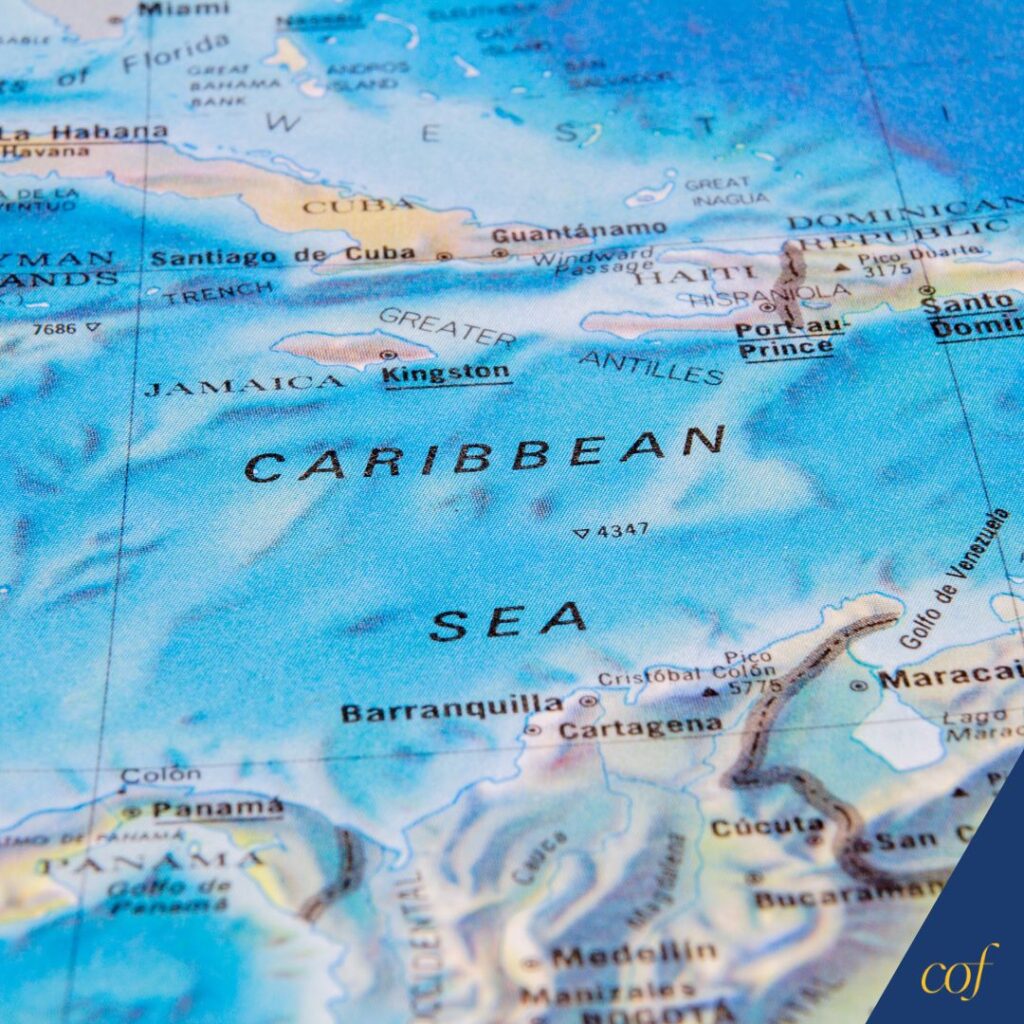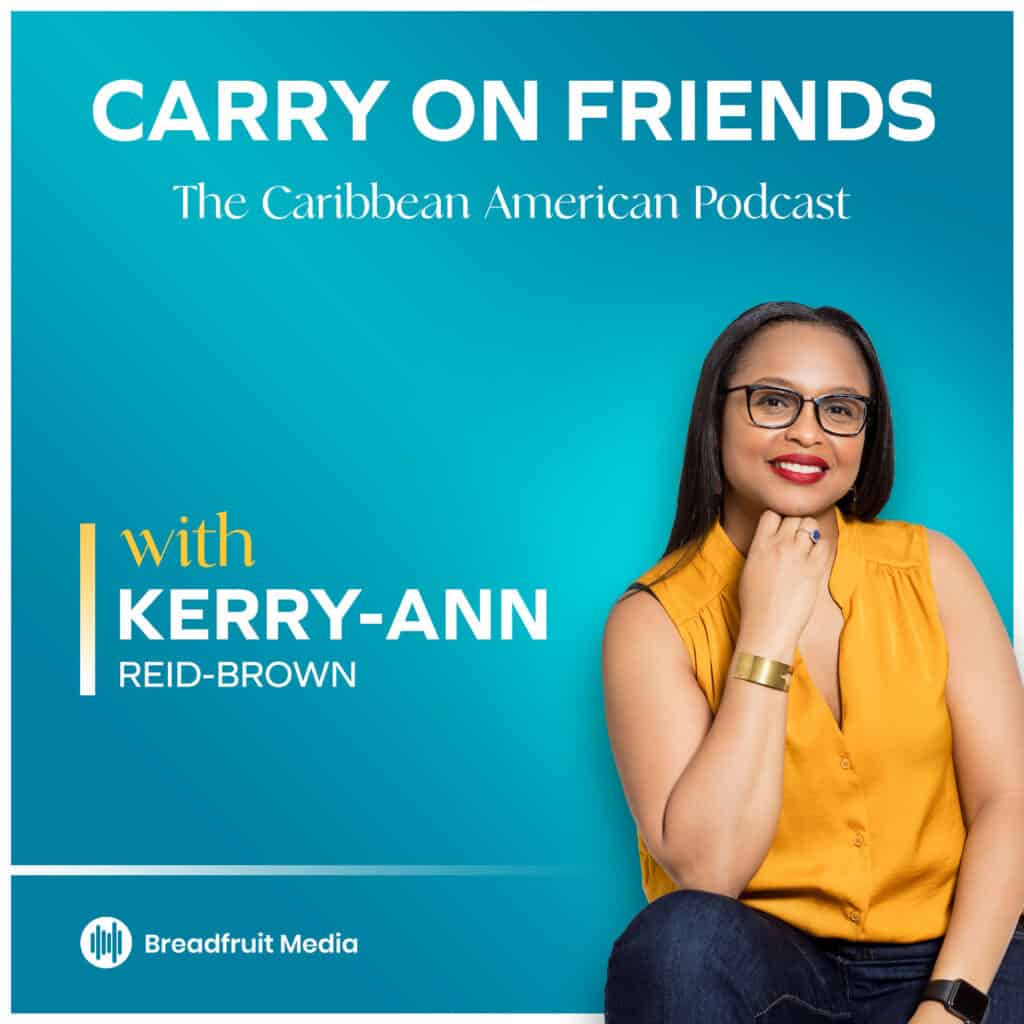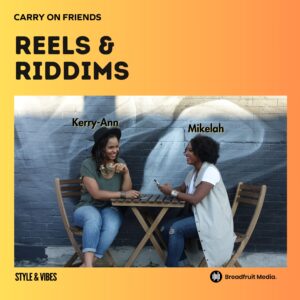
“The Caribbean” – what comes to mind when you hear this word? Is it Sun, Sand, Sea? Or maybe it’s Calypso, Soca, Reggae or Salsa? Maybe you think of Carnival.
None of these images are wrong.
The Caribbean is known for beautiful beaches, nice weather, historical places, rich and diverse cultures. However “The Caribbean” defies a single definition because there are different ways to describe or define “Caribbean”.
Geography
Geographically speaking, the Caribbean refers to the islands in the Greater and Lesser Antilles, all beautifully nestled within the Caribbean Sea, as well as the countries that borders the Sea.
The Greater Antilles consist of the larger islands of Cuba, Puerto Rico, Jamaica and the island of Hispaniola which is shared by Haiti and Dominican Republic. The Lesser Antilles include 21 countries including: Barbados, Dominica, Grenada, Trinidad & Tobago, St. Kitts and Nevis, St. Lucia, St. Vincent and the Grenadines.
Meanwhile, countries like Venezuela, Colombia and Panama to the south, Central American countries (Costa Rica, Nicaragua, Guatemala, Honduras and Belize) on the west border the Caribbean Sea. Geographically, The Bahamas and Turks and Caicos do not border the Caribbean Sea, they are North Atlantic islands but are largely considered part of the Caribbean.
Political
Politically, the Caribbean is defined by the countries that form the Caribbean Community (CARICOM). It is an intergovernmental organization that is a political and economic union. CARICOM includes countries in Central and South America, such as Belize, Guyana, French Guiana, and Suriname. Bermuda is an island further in the North Atlantic is not geographically in the Caribbean but is an Associate CARICOM country and by it being part of the British Commonwealth share cultural similarities with English Speaking Caribbean Countries.
Cultural
Culturally, the Caribbean is also defined by the shared traditions and customs resulting from slavery, colonization, and migration. This understanding of migration whether forced or voluntary extends to regions in Columbia, Honduras, Costa Rica and other countries that have Garifuna communities. It also Panama’s Colon region, where many people from the Jamaica and Barbados moved to the Canal Zone to build the Panama Canal.
A broader perspective includes the Caribbean Diaspora, which is the largest group identifying as Caribbean. This refers to people of Caribbean descent living in the United States, Canada, Europe, Africa and elsewhere, who continue to preserve and promote Caribbean culture despite not being physically located in the region.
To Sum It Up
In conclusion, the Caribbean can be defined in three (3) main ways. While the geographical definition focuses on the Caribbean Sea and the islands within it, the political definition encompasses various nations throughout the region. The cultural definition, however, recognizes the shared customs and traditions that have been passed down throughout the diaspora, extending beyond the Caribbean Sea and CARICOM countries.


